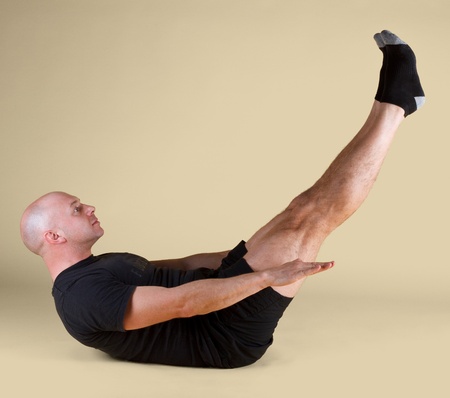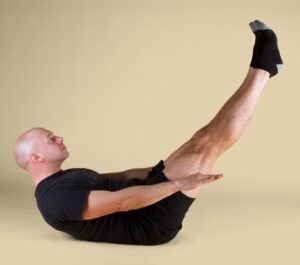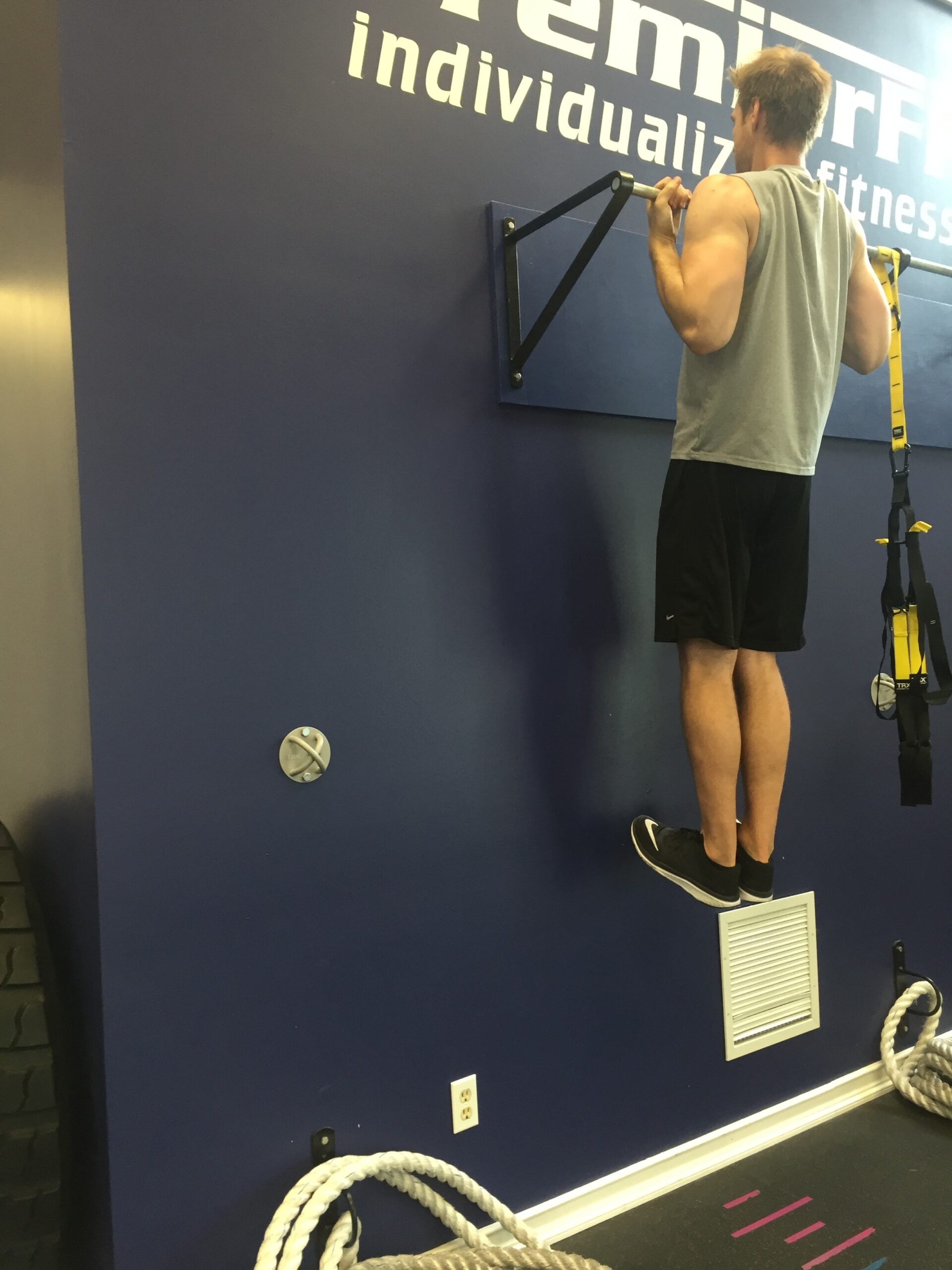Fresh business and revenue await you – thanks to the growing popularity of marathons and cycling rides. It shouldn’t be surprising that people look for an edge to help them compete in these events. Still others are looking for assistance to get started in running or cycling. You can help your clients get through their first, or fiftieth, event by incorporating key strength-building exercises.
Planks
Planks enhance core strength. The core can sometimes be ignored by runners and cyclists because legs become the main focus. It makes sense, doesn’t it, to focus on legs. But runners need a strong core in order to hold centered and proper form.
Cyclists require a strong core for proper transfer of force from their arms to their legs. This is especially true while climbing or sprinting on the bike.
The Hundred
The Hundred is a Pilates staple, and is typically used as a warm up. It develops core muscles, requires no equipment, and can be adjusted for skill level.
Lie on your back, and then raise your head, shoulders, and chest above the floor. Pull legs up toward the chest. Bend knees so that thighs are perpendicular to the floor, and shins are parallel to the floor. Extend arms down to your sides and flutter them with an up-and-down motion.
Inhale for five counts. Exhale for five counts. Repeat ten times to get The Hundred.
To lessen intensity, keep the upper body flat on the floor. Another option is to turn The Hundred into The Fifty. Repeat the breathing counts just five times instead of ten.
On the other hand, you can raise intensity by extending legs instead of bending at the knee.
Hip Bridges
The back takes a beating during a long road cycling event. Hip bridges can help strengthen the lower back and prepare it for the exertions of event day.
To make it a challenge, try bridges with one leg extended upward.
Pull-ups
Anyone who has ridden a road bike for more than a couple hours at a time can vouch that arms bear quite a load. It doesn’t matter how much energy you have left in the tank if your arms turn to noodles. Arms are tasked not only with bike handling, but with supporting weight as you lean forward and down.
Enter pull-ups. Pull-ups can be done in a doorway with a simple bar, and gives those hardworking shoulders, biceps and triceps the workout they need. Bonus: the core also gets action!
Squats
Glutes can do more work for runners and cyclists than many realize. Unfortunately, glutes are often under-utilized. When glutes aren’t called to action, other leg muscles work harder than necessary. That leads to undue fatigue, early burnout, and injury.
Strong glute muscles help a runner hold her center by keeping the pelvis stable throughout strides. Without that stability, there is a lot of wasted motion and the runner won’t be as fast or as strong as possible.
Likewise, cyclists can ride using their hamstrings and quads, but they won’t have the most powerful pedal stroke they’re capable of without the help of glutes.
Kick it up a notch by adding weights to squats.
Lunges
More glute work! Lunges also work hamstrings, and calf muscles. This is a great exercise for both runners and cyclists. If you need lunge modifications you can find the Top 5 that trainers use in this article.
[info type=”facebook”]Have you trained clients for a running or cycling event? What were their biggest concerns? Your answer could be the topic of a future post right here on the NFPT blog! If you’re an NFPT trainer, join the Facebook Community Group to share some tips with us and if you’re not, come chat with NFPT here![/info]






